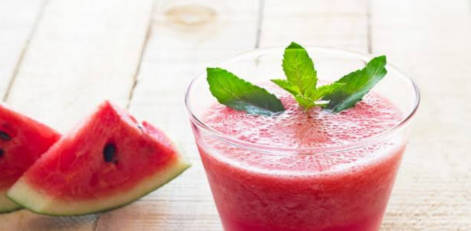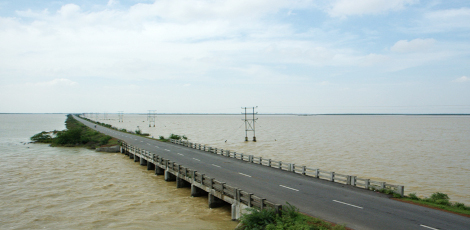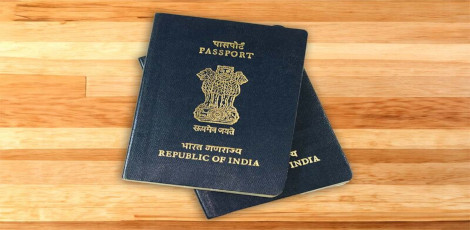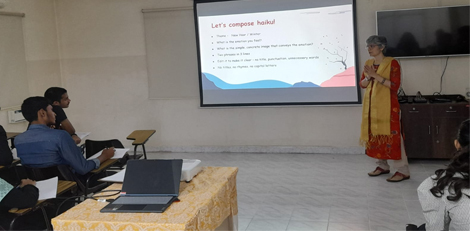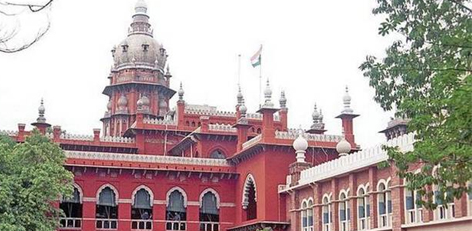Salt intake is too much in India, shows study
Posted on: 31/Oct/2016 8:43:59 PM

A study conducted by the George Institute for Global Health has shown that the average salt intake in India is double that of the WHO-recommended maximum consumption level of 5 gm/day. The study was published in the Journal of Hypertension.
According to the study, The average daily salt intake was 10.98 grams per day for Indians aged above 19 against the WHO recommendation of 5 gm. Every measure of salt intake made in India except one has provided an estimate above the WHO-recommended maximum consumption level of 5 gm/day, and the best estimate obtained by this meta-analysis suggests that average salt intake in India is about double of that.
The analysis reveals Tripura topped the country with an average salt intake of around 14 grams, almost three times the WHO daily recommendation. There was no difference in salt consumption between urban and rural areas. The results suggest while urban populations eat less processed foods, they consume more salted pickled products.
The researchers say, Over the past 30 years the average Indian diet has been transformed. They are eating less pulses, fruits and vegetables and lots more processed and fast foods. As a result their diets are now full of salt, sugars and harmful fats which are driving up rates of high blood pressure, obesity and cardiovascular diseases, such as heart attack and stroke. The country has to ramp up its efforts if it had any hope of meeting its WHO targets of a 30 per cent reduction in salt consumption by 2025. We need a country wide educational program teaching people about to eat and how to reduce the salt in their diet. It can be done but it needs investment and it needs to be made a priority given our rapidly rising levels of cardio vascular disease and high blood pressure.
The study says, Although the limitations of the current study are substantial, the conclusion that salt intake levels are well above that recommended is unlikely to be wrong. The data provide a strong rationale for the implementation of a national salt reduction program in India.


